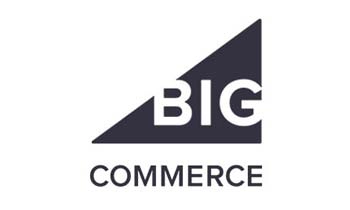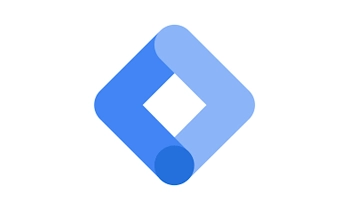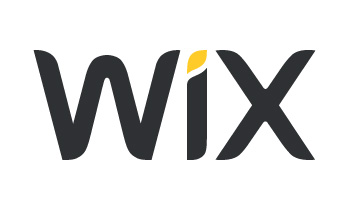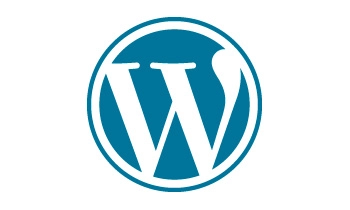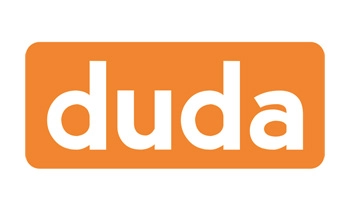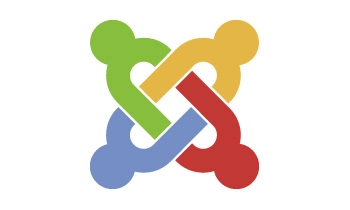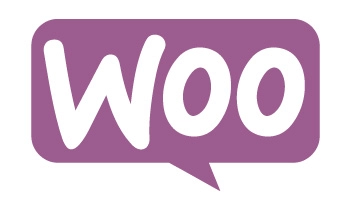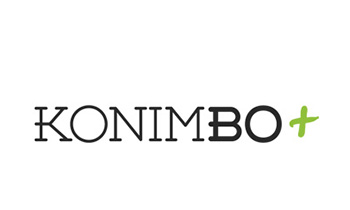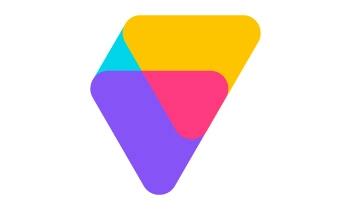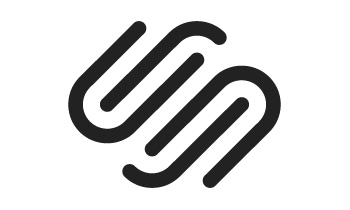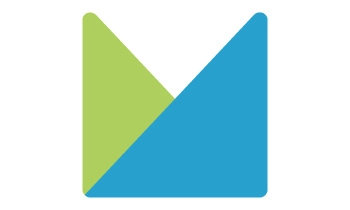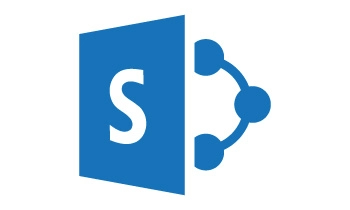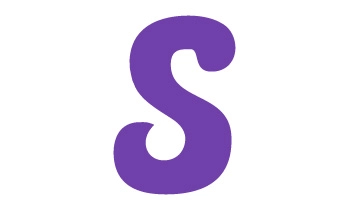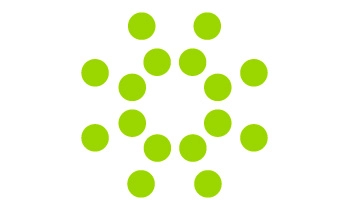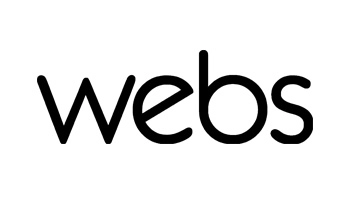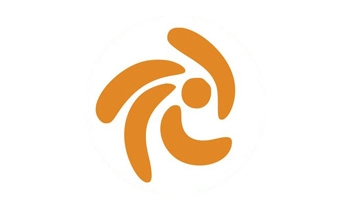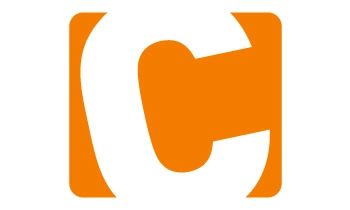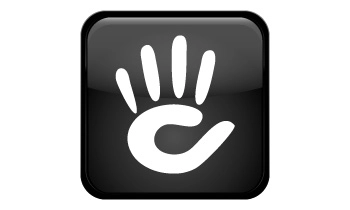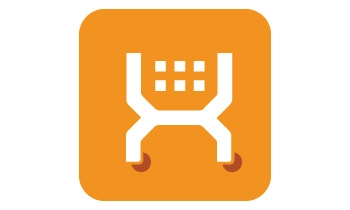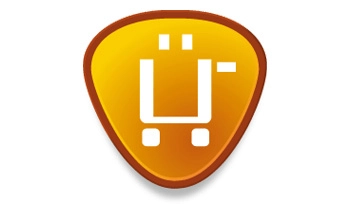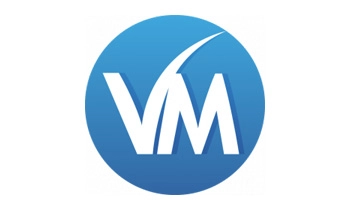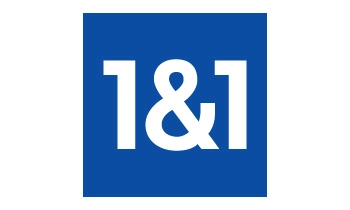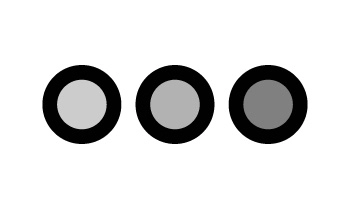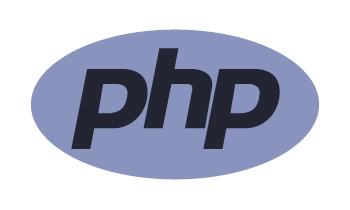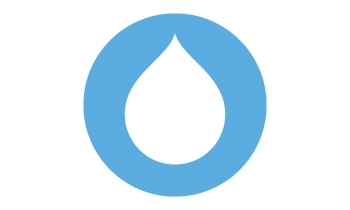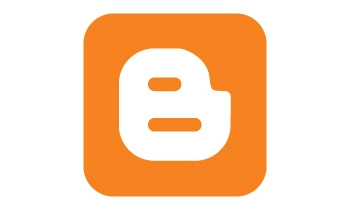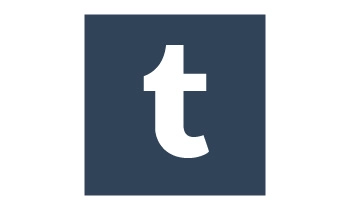What is WCAG 2.2 Compliance?
The
WCAG (Web Content Accessibility Guidelines) is the global standard for making web content accessible to any individual with a disability. It’s developed by the World Wide Web consortium and ensures total inclusivity through setting clear criteria for web accessibility.
WCAG 2.2 is built based on its predecessors, however introducing new success criteria that are more relevant to new emerging needs in digital accessibility and inclusivity.
Achieving WCAG compliance doesn’t only mean that your website is user friendly for everyone, but it also helps to make sure that you don’t get sued under laws like the ADA (Americans with Disabilities Act). Regardless of if you’re a business, an organization or even a governmental agency, your website MUST be ADA compliant, and the best way of making sure of that is to align with WCAG 2.2 standards. It’s essential in order to create an inclusive digital experience for everyone.
Updated WCAG 2.2 guidelines
WCAG 2.2 was created to fill the gaps left over from
WCAG 2.1 and thus making
digital accessibility even more relevant to today’s world.
Among other things, it introduces nine new success criteria that aim to tackle challenges faced by mobile users, individuals with cognitive disabilities and those with low vision. Let’s have a look at what’s new:
Perceivable
- Orientation (AA): Content must work in both portrait and landscape orientations without restricting the user.
- Non-Text Contrast (AA): Better color contrast for essential elements like buttons and input fields, making them more visible.
- Text Spacing (AA): Users can adjust line height, paragraph spacing, and more for easier reading.
Operable
- Focus Appearance (AA): Interactive elements like buttons and links must have visible focus indicators.
- Dragging Movements (AA): Alternatives to drag-and-drop actions for users with limited mobility.
- Character Key Shortcuts (A): Prevent accidental activations by requiring modifier keys for shortcuts.
Understandable
- Accessible Authentication (A): Simplifies logins by eliminating the need for cognitive tasks like remembering passwords.
- Consistent Help (AA): Ensures that help options are easy to find and consistent across pages.
Robust
- Status Messages (AA): Makes updates like “form submitted” programmatically determined so assistive technologies can announce them.
How WCAG 2.2 Stands Out from WCAG 2.1
The big deal with WCAG 2.2 is how it addresses areas that were underserved in WCAG 2.1. Mobile-first design, cognitive disabilities, and better interaction cues are now priorities. For example, things like improved focus indicators and easier authentication make websites friendlier for all users. By updating to WCAG 2.2, you’re not just ticking boxes; you’re making your site more usable and accessible.
Why WCAG 2.2 Compliance Matters
Sticking with WCAG 2.1 isn’t enough anymore. WCAG 2.2 addresses the gaps left behind, especially for mobile users, people with cognitive disabilities, and those with low vision. It introduces essential updates that make your website truly accessible and compliant with modern expectations.
With the rise of mobile-first usage and evolving legal standards, WCAG 2.2 is the benchmark for accessibility. Ignoring these updates could mean your site falls short in usability, leaving you vulnerable to lawsuits and alienating a growing segment of your audience. Upgrading to WCAG 2.2 isn’t just a recommendation—it’s a necessity to meet today’s demands and prepare for the future.
Skipping compliance opens the door to lawsuits under the ADA and similar regulations worldwide. WCAG 2.2 compliance keeps you safe and sound.
Improve User Experience
Accessibility upgrades benefit everyone, not just users with disabilities. Easier navigation, better readability, and user-friendly features? That’s a win for all.
Stay Ahead of the Curve
As accessibility standards evolve, keeping up ensures you’re ready for future changes. Compliance isn’t just a box to check; it’s an investment in your site’s longevity.
How to Get WCAG 2.2 Compliant
Achieving WCAG 2.2 compliance can seem overwhelming at first, but it’s absolutely manageable with the right approach. By breaking the process into smaller steps, you can tackle accessibility improvements systematically. The benefits of compliance go beyond just ticking boxes; they enhance usability, future-proof your site, and expand your audience reach. Here’s how to get started:
Conduct an Accessibility Audit
Start by evaluating your current website against WCAG 2.2 standards. Identify gaps and areas that need improvement. Tools like automated checkers or professional
accessibility audits can help you pinpoint compliance issues.
Prioritize Critical Updates
Focus on the new success criteria introduced in WCAG 2.2, such as improved focus indicators, accessible authentication, and text spacing. Addressing these updates first ensures you’re meeting the latest standards.
Leverage Accessibility Tools
Use tools like EqualWeb’s widgets, such as the
auto ai accessibility widget, to implement quick fixes. For example, the free widget can tackle basic issues, while the AI widget automates up to 80% of compliance tasks.
Implement Manual Adjustments
Not everything can be automated. Ensure critical elements like captions, color contrast, and navigation are manually optimized for accessibility. Our
managed compliance solution can take care of this.
Test Thoroughly
Once updates are in place, test your site rigorously. Use assistive technologies like screen readers to verify usability for individuals with disabilities. Validate compliance against WCAG 2.2 guidelines.
Monitor and Maintain
Website accessibility is an ongoing process. Regularly audit your site to ensure it continues to meet WCAG 2.2 standards as you make updates or add new content. Keep an eye on evolving guidelines to stay ahead.
By following these steps, you’ll not only meet WCAG 2.2 requirements but also create a better experience for all users, ensuring your site stays accessible and inclusive.
Wrapping It Up
WCAG 2.2 isn’t just another set of guidelines; it’s a game-changer for digital accessibility. By addressing modern challenges like mobile usability, cognitive accessibility, and improved interaction design, WCAG 2.2 ensures that your website isn’t just compliant—it’s exceptional.
EqualWeb’s tools make achieving compliance not only possible but easy. Whether you’re starting with the free widget or opting for the fully managed solution, you’re investing in an inclusive future that benefits everyone who visits your site. And let’s not forget—the benefits of accessibility go beyond avoiding lawsuits; they enhance your user experience, boost your brand reputation, and expand your audience.
So, what are you waiting for? The time to act is now. Let’s make the web a better place—one accessible website at a time.


